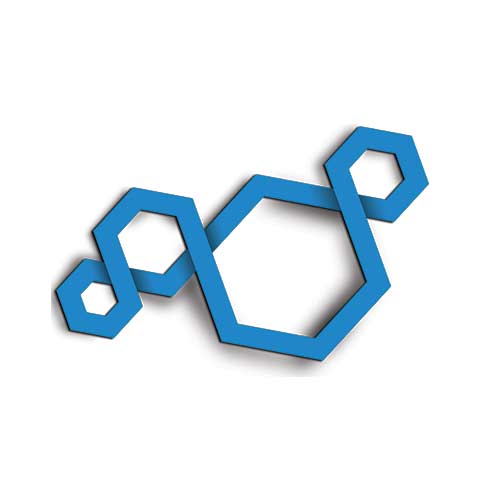Guide to Field Service Reporting & Software
While field service reporting may not be as flashy as augmented reality or IoT-driven servitization, reports are still integral to a company’s...
3 min read
 ServicePower
:
August 26, 2024
ServicePower
:
August 26, 2024

As the shortage of skilled workers continues to plague field service organizations, many are turning their attention to organizational structures and how to best use available talent. While managers often focus on field technician roles first, call center agents and dispatchers also play critical roles in successful service operations and need to be well-supported. These roles are critical for ensuring customer service requests are appropriately prioritized and scheduled. Fortunately, technology can help professionals in these roles perform tasks effectively and with greater efficiency.
Here are some ways modern field service solutions can help your front-line workers:
Traditionally, a customer with a product in need of service had no choice but to call the service operation, often waiting through long queues to talk to a call center agent. The customer might be placed on hold or routed through multiple departments. Today, customers have little tolerance for hassles in submitting a service request and are quick to voice frustration on social media.
Here are four ways technology improves the service request process:
Schedule optimization is critical to service operation success. Getting the right technician assigned to the right job and dispatched to the right location requires access to information and analysis of multiple factors. Without technology specifically created to manage scheduling, the dispatcher can become mired in backlogs of service requests as he routes and re-routes technicians to answer urgent calls. Without considering drive time, traffic patterns, or technician skills, a frantic dispatcher can create a schedule that breeds chaos and inefficiency. This is a sure path to unhappy customers and frustrated technicians. Because of the technician shortage, retaining existing field service technicians needs to be a priority.
As the shortage of skilled workers stresses service organizations, attention is often aimed at field technicians. But the roles of call center agents and dispatchers are also critical for the organization’s overall success. Modern field service management solutions help these front-line workers access information, answer customer questions, collaborate, and make intelligent scheduling choices. Technology helps keep customers happy, giving them self-service tools as well as timely resolution of service calls. Technology also keeps critical workers free of frustration and highly productive. Modern field service solutions can help organizations thrive, even in the face of skilled worker shortages.
Where are all of the field workers? Read our four-part series here: What Critical Competencies to Look For in Field Service Candidates, Women in Field Service: A Smart Hiring Tactic, and From Servicer to Consultant: Elevating the Field Technician Role.

While field service reporting may not be as flashy as augmented reality or IoT-driven servitization, reports are still integral to a company’s...

What is AI Scheduling in the field service industry? AI scheduling is a key aspect of field service software that optimizes and automates technician...

Field service companies looking to improve their value, grow their revenue, and become a trusted resource in the industry need to start focusing on...